
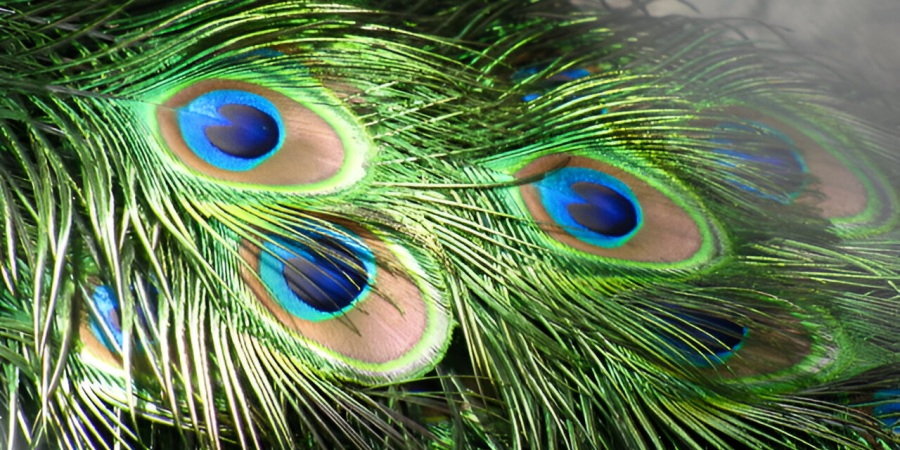
“Life is a pathway ,struct like a peacock!”🦚
With its brilliant plumage, the peacock represents majesty, beauty, and pride. Its magnificent feathers, an exquisite example of nature's artistry, have mesmerized people for ages. Let's investigate the mysteries around the magnificent feathers of peacocks and take a closer look at their intriguing world. *The Peacock Feathers' Anatomy* The recognizable eye-spots and iridescent sheen are produced by specially modifying peacock feathers, sometimes referred to as coverts. Every feather is made up of: 1. The rachis, or central shaft 2. Vanes, or barbs 3. Microscopic crystals (crystalline structures and melanin)

The Science Underlying Colors The peacock's feathers exhibit a staggering spectrum of colors because of: 1. Melanin: Generates pigments in brown and black skin. 2. Structural coloration: Blue, green, and gold hues are produced by the refraction of light by microscopic crystals. 3. Iridescence: Color variations based on angle caused by tiny crystal configurations *Courtship and Exhibition* Peacocks display their plumes in order to: 1. Draw partners 2. Establish authority 3. Dissuade raptors Peacocks stretch their tails and vibrate and shake their feathers to create a captivating show during courtship displays.

*Cultural Significance* Historically, peacocks and their feathers have represented: 1. Nobility and royalty; 2. Beauty and grace; 3. Spiritual development and revitalization Peacock feathers are used in jewelry, artwork, and ceremonial clothing throughout many cultures. *State of Conservation* Threats to peacocks include:1. Loss of habitat;2. Feather poaching; and3. Human conflict. The main goals of conservation initiatives are to preserve habitats and inform local populations about ethical feather collection.
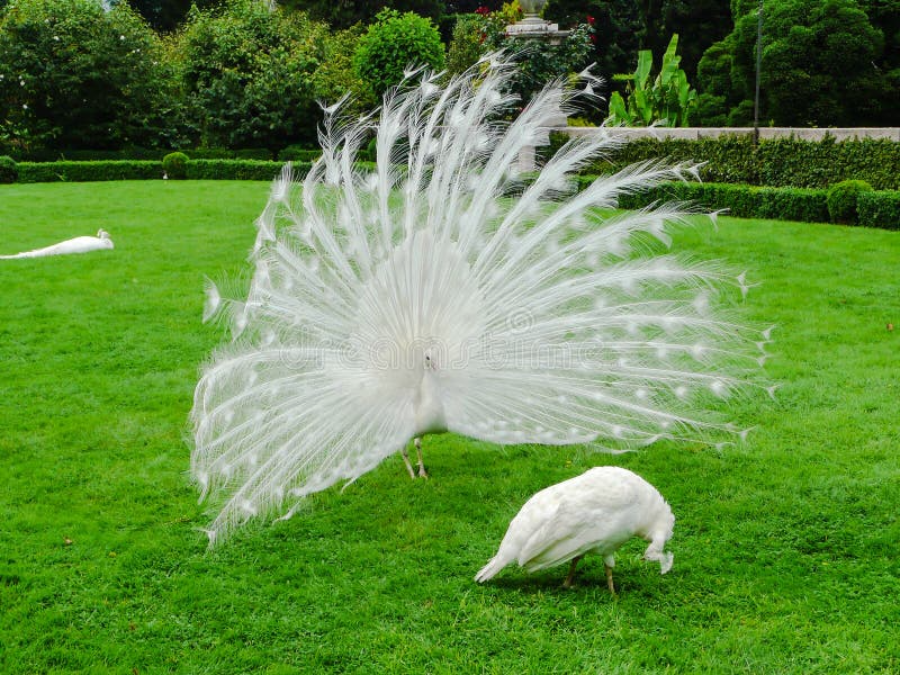
The creativity and inventiveness of nature are demonstrated by the peacock's feathers. While we are in awe of these magnificent works of art, let us also recognize the significance of conservation and appropriate enjoyment. *Fun Facts* 1. Every year, peacocks molt and grow new feathers. 2. Half of a peacock's body weight is made up of feathers. 3. The vivid hues and eye-spots are absent from peahens, or female peafowl. The biology, cultural significance, and conservation status of peacocks and their gorgeous plumage are all thoroughly examined in this article.
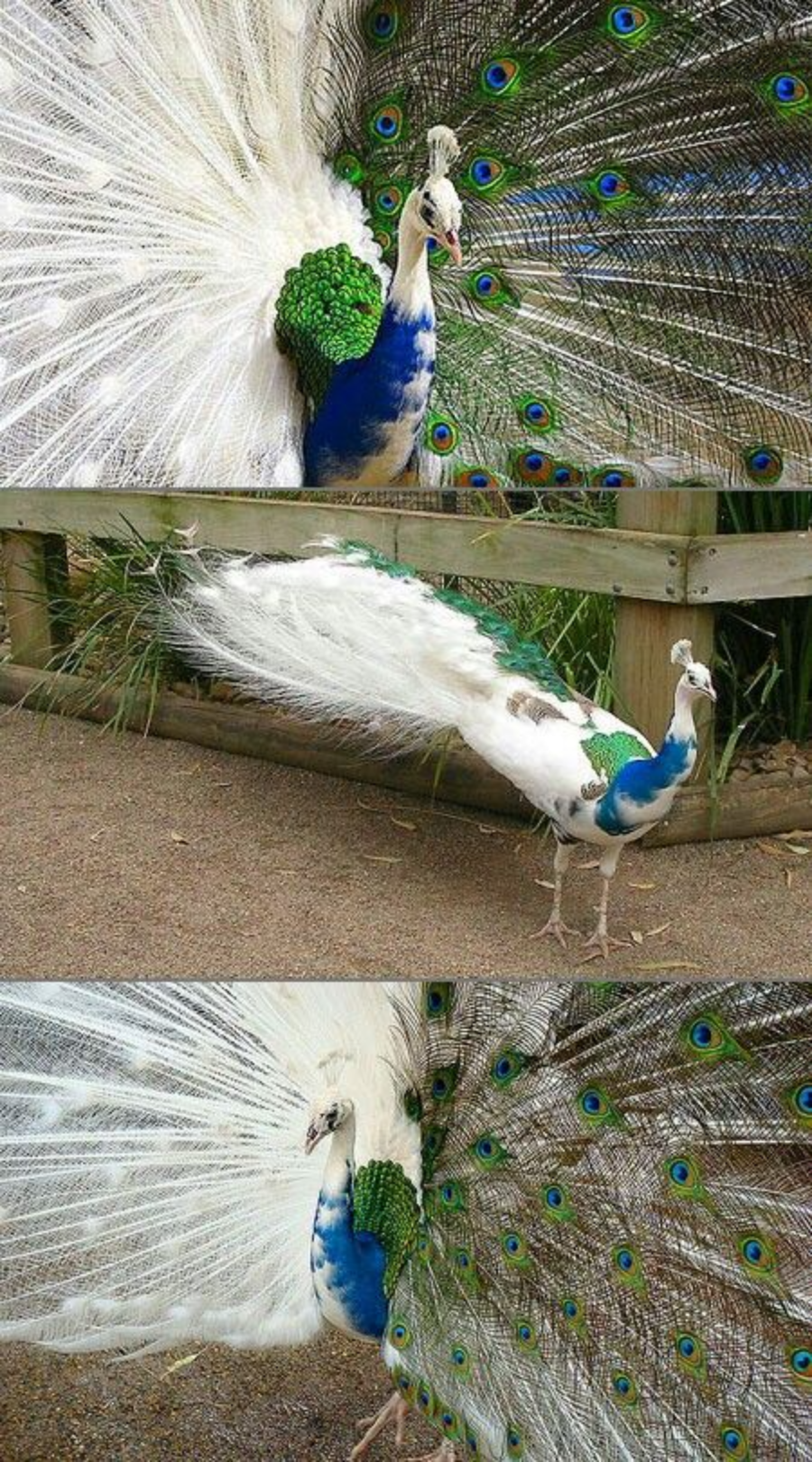
*Breeding Season*: Peafowl mate from March through August, with April and May being the busiest months. *Rituals of Mating* 1. Courtship display: To entice females, male peacocks stretch their tails, jiggle their feathers, and make loud sounds. 2. Mate selection: Females pick males according to dominance, courtship display, and quality of plumage. 3. Copulation: Men use spurs to grab onto the backs of females as they ride them. *Incubation and Laying of Eggs* 1. Each female clutch contains two to six eggs. 2. Egg-laying time: two to three days. 3. Incubation time: two to three weeks. 4. Incubating eggs, female peahens turn them twice or three times a day.*Deviant Evolution* 1. Hatching: After 28–30 days, chicks hatch out of their eggs. 2. Brooding: Females tend to chicks, providing warmth and security. 3. Growth rate: Chicks develop quickly and fly at 6 to 8 weeks.
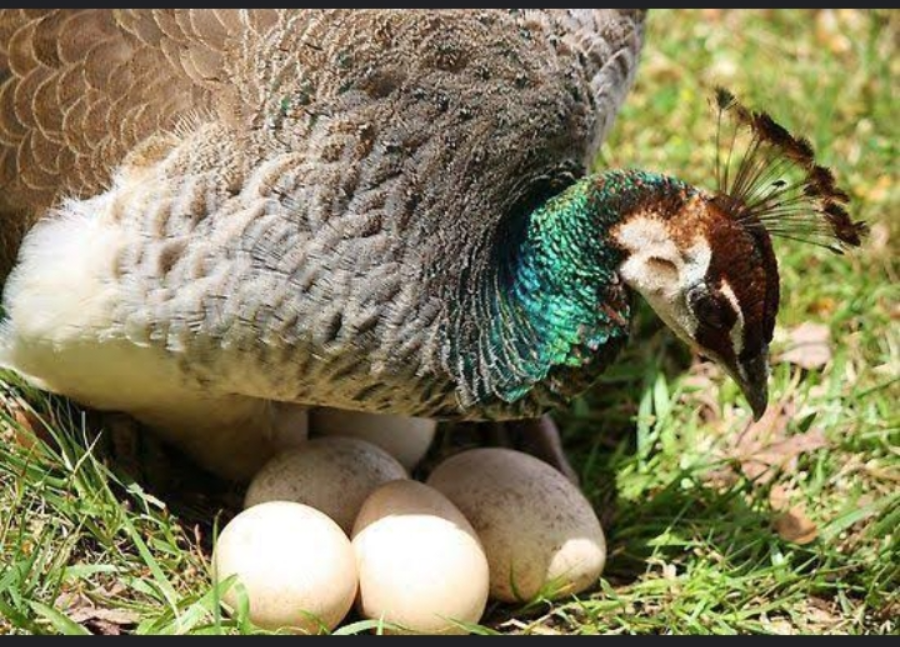
Features of Reproduction* 1. Male peacocks take two to three years to attain reproductive maturity. 2. It takes a female peahen 1-2 years to attain reproductive maturity. 3. Peafowl have ten to fifteen years to breed. *Difficulties in Reproduction* 1. Predation: Predators can harm eggs and chicks. 2. Loss of habitat: Mating prospects are decreased by fragmented habitats. 3. Illness: Peafowl are prone to illnesses such as bird flu. *Reproductive Cycle of Peafowl* 1. Season of reproduction (March–August) 2. Nesting season (April–June) 3. April through July is incubation 4. Incubation (June–August) 5. Bringing up chicks (June–October) Gaining an understanding of peacock reproduction enables us to recognize the complex mechanisms that are essential to the survival and prosperity of these amazing birds.
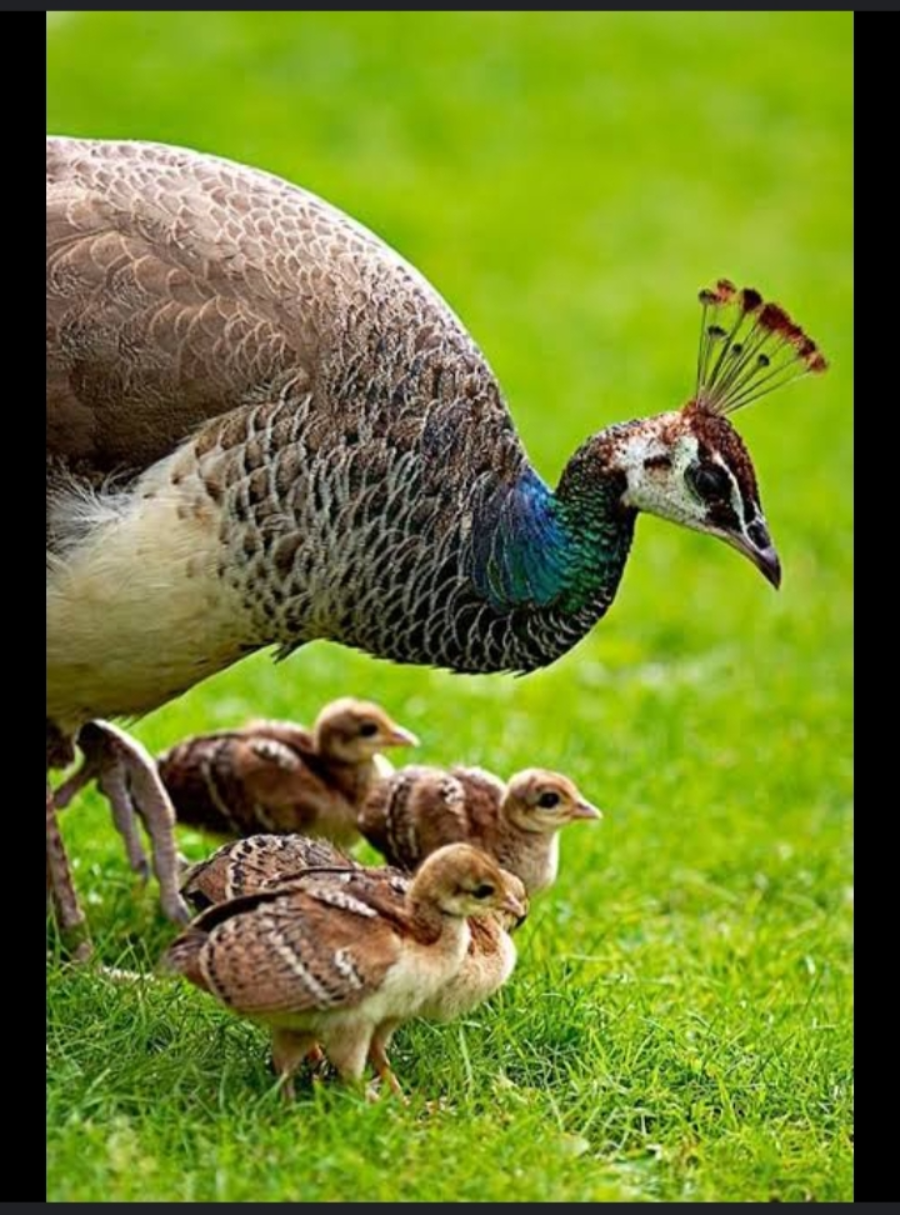
Thank you for reading!!!
FOLLOW ME!
